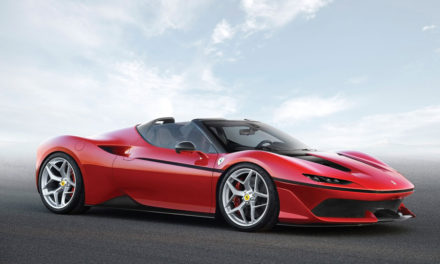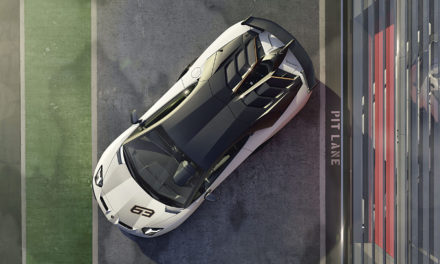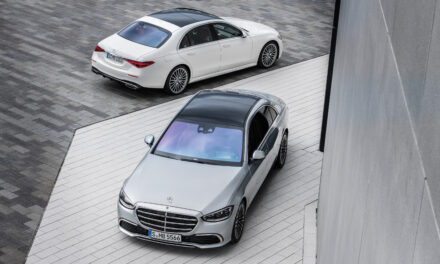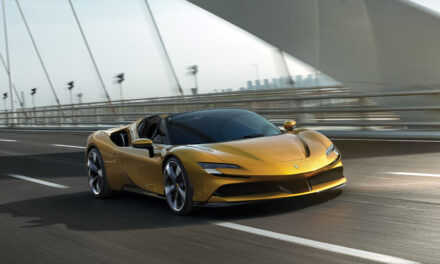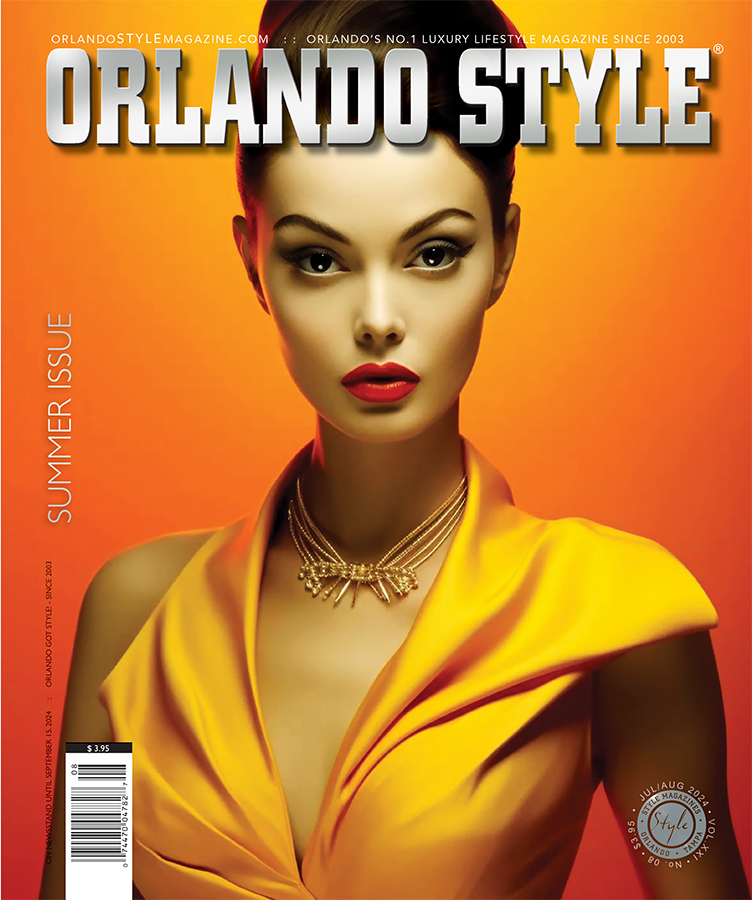Reflecting the minimalist philosophy that underpins new Rolls-Royce Ghost
In 2009, Rolls-Royce announced a new addition to its portfolio that offered something entirely different to its flagship Phantom. This product resonated with a new group of men and women who responded to the marque’s relentless pursuit of perfection in design, engineering and craftsmanship, but sought a more modest and minimalist expression of Rolls-Royce. The execution of the first Goodwood Ghost, and its laser focus on meeting the demands of its clients, was an unmitigated success, and over the course of its ten-year lifecycle, this transformative motor car became the most successful product in the company’s 116-year history. Ghost’s formidable success was vital in enabling the brand to scale up production, invest in its capabilities and establish Rolls-Royce as the truly global brand it is today.
Additionally, Ghost’s decade-long market presence enabled the marque’s Luxury Intelligence Specialists to gather vital information about developing behaviours in how Ghost clients use their motor car, how they commission it and how they perceive Rolls-Royce. These highly successful and diverse entrepreneurs and founders, who selected this product to celebrate their ongoing ascension, were citizens of the world – they had been educated abroad, they travelled extensively and experienced Rolls-Royce in many cultures.
Due to Ghost’s energetic, dynamic personality, these clients came to realise that the Rolls-Royce brand could offer more than a chauffeur-driven experience. Indeed, in the United States of America and areas of Europe, clients were self-driving their Ghost from the very early stages of its introduction. Meanwhile, in Asia, clients were engaging heavily in the connected technology on board, be it for business or pleasure.
Across all markets, when clients commissioned their Ghost they asked the marque’s representatives about the driving experience, even if they had selected an extended wheelbase. During the weekend, this business tool morphed into a discreet celebration – clients would switch to the driver’s seat and relish a trip to a restaurant or second home with their friends and family. They celebrated this breadth of character, and this reflected in less formal colourways and more personalisation in the driver’s eyeline. These were profound learnings.
Meanwhile, at Goodwood, significant advances were being made with the marque’s proprietary aluminium spaceframe architecture. First used on Phantom, then Cullinan, this spaceframe is unique to Rolls-Royce and enables the brand’s designers and engineers to develop an authentically super-luxury product, free from the constraints of platforms used to underpin high-volume vehicles. As Ghost clients required even more of their motor car, Rolls-Royce used its architecture to respond, incorporating technology such as all-wheel drive and all-wheel steering in Ghost, unlocking an entirely new, purposeful personality.
Concurrently, the design team were tracking an emerging movement that came to define Ghost’s aesthetic treatment. It spoke of a shifting attitude among Ghost clients in the way success is expressed. Named ‘Post Opulence’ internally, it is characterised by reduction and substance. In service to this, exceptional materials must be selected and celebrated. Design must be limited, intelligent and unobtrusive. This philosophy is the antithesis of ‘premium mediocracy’, a term coined by the fashion cognoscenti. This refers to products that use superficial treatments, such as large branding or, in the context of motor cars, busy stitching and other devices that create an illusion of luxury by dressing products lacking in substance in a premium skin.
The collective result is new Ghost. This is a motor car precisely tailored to its clients, that appears perfect in its simplicity, that is underpinned by remarkable substance, that is less but better.


